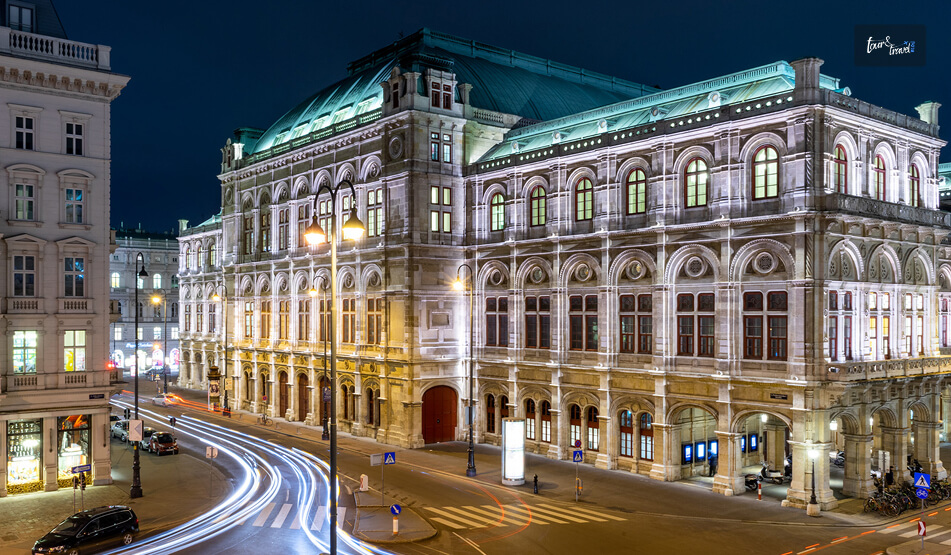Travel And Enjoy Your Vacation With Canadian Train Trips
BY Sibashree Aug 30, 2025
Canada is renowned for its breathtaking landscapes, featuring mountains that resemble a winter wonderland and stunning lakes located in various regions. It has a natural beauty that many people appreciate, and fortunately, anyone can see these works of nature by train. Unlike driving, rail journeys are often far more relaxed, where you can get uninterrupted views. Someone else will be doing the driving, and all you have to do is soak in the majestic scenery while remaining comfortable in your seat. You can be an adventurer for days and discover majestic waterfalls in faraway mountains, and everything is in full color. See the jagged peaks of the Rockies and revel in the tranquil lakes of Banff. The train routes are going to take you into the parts of the country that can be inaccessible by car. It can be your first time as a tourist in Canada, or you’re wondering if you can see the country from a new perspective, and regardless of the reason, a Canadian train vacation is going to help you unwind and experience an enjoyable journey. Why Is A Canadian Train Vacation Special? Credit: Rocky Mountaineer Trains are very immersive in Canada, and you can be face-to-face with the country’s grandeur that no plane ride can match. Enjoy the entire trip by looking at the amazing landscape and not just focusing on arriving at a destination. Every mile is meant to be savored, and many travelers may often find themselves spotting eagles overhead or catching glimpses of the Northern Lights. Enjoy a community while you’re on board the train and share meals with fellow passengers between stops. These trips are great for fostering a connection and encouraging slow conversations. It’s a travel experience that feels human, and everything is often unhurried and full of wonder. 1. About The Rail System Canadian trains are going through rails that connect major cities located in remote regions. This is going to give you a scenic view that many may not experience. There are rugged coastlines that feature high cliffs and dramatic rock formations. These Canadian train trips often glide past the snow-dusted mountains and stop in historic towns so you can take a lot of pictures. Travelers are going to find it to be an ideal option during their vacation because they won’t need to do long drives. Also, the trip is very flexible, and you can choose multi-day expeditions or opt for shorter two-day regional routes depending on your schedule. Many travelers may be looking for luxury tours with gourmet meals, while others may prefer a more budget-friendly option that can still provide them with incredible views. Regardless of your travel style, you can definitely find a journey that fits what you want with the right tours. 2. Top Routes On Canadian Train Vacation That Showcase Canada’s Natural Wonders Many luxury trains are going to show you the diverse landscapes that Canada offers. When you embark on this journey, you can see towering mountains and then bustling cities that are changing colors according to the season. Many routes offer access to cultural landmarks, but it will still depend on you on the type of adventure that you want to explore. Some will let you spend around 11 days on the tour, and you can board the train for a scenic view. Watch the transformation of forests and prairies and head to lakes to appreciate the alpine beauty better. Go to national parks and ride gondolas with a specific itinerary from the experts. See more information about the location of these companies, where you can book the tours below: What Are The Benefits Of Choosing A Canadian Train Vacation? If you’re still wondering whether a train trip is right for you, consider the many advantages it offers: Stress-Free Travel: You won’t have to deal with traffic or go through a lot of airport security lines. In trains, you just sit back and enjoy all the views that you’re seeing. Eco-Friendly Option: This kind of traveling often produces lower carbon emissions compared to driving long distances by automobile. Unmatched Scenery: Get access to large windows with open observation decks and take pictures of the diverse landscapes that you’re seeing. Flexible Itineraries: Select a schedule that matches your vacation days. Opt for longer routes if you want to explore more of the country. Planning The Perfect Rail Journey For The Ultimate Canadian Train Vacation Credit: VIA Rail Canada Now, before rushing to book your ticket, you need to determine the type of experience that you want in the first place. You might want a luxurious escape where budget isn’t a problem. Fortunately, there are train trips that can give you that along with a scenic adventure. Others would want to discover the charm of Eastern Canada on a budget, and if so, compare your options and do your research. Plan well and learn about the changing seasons. Summertime can generally offer lush greenery, while wildlife can also be viewed from the train windows. In the meantime, winter routes are often magical, and you can discover snow-covered trees and a cozy train interior that’s perfect for sipping hot cocoa. Why Is It More Than Just A Vacation? Overall, this is more than a trip, but it’s a storytelling where each town has a tale to tell. Each moment on the train becomes a wonderful memory of quiet mornings or bonding with your loved ones. Watch the sparkling stars from your window and revel in the things that nature is capable of. These Canadian trips are going to allow you to reach destinations that you might have only dreamt about previously. They can give you a chance to rediscover the art of traveling without rushing.














